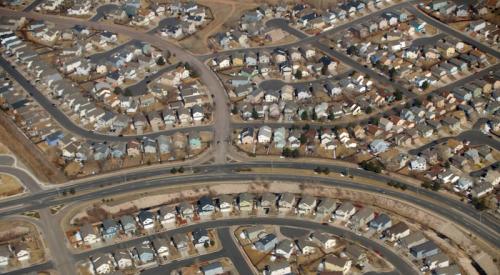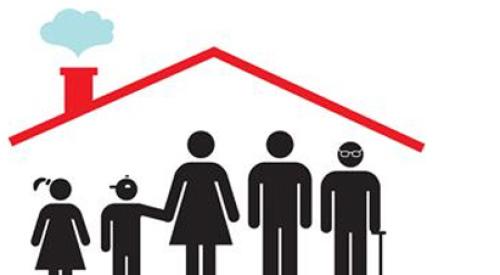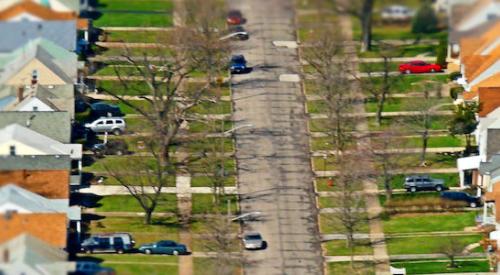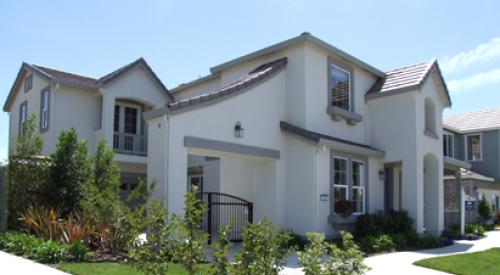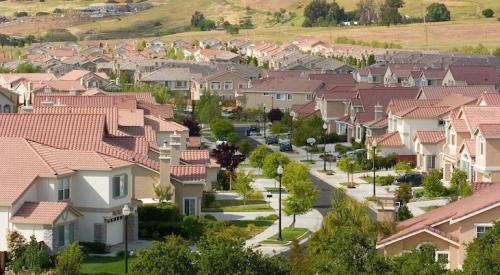In the past, the vast majority of renters were located in large urban centers. As cities pack a lot of people into a smallamount of space, there just isn’t enough room for everyone to have their own detached house with a white picket fence and a yard. So, renting was the way to go. But recently, suburban areas are outpacing cities in terms of the number of renters.
There are almost 22 million more people renting in metropolitan areas in America in 2014 than there were in 2006, according to The Wall Street Journal. Major cities saw their renter populations increase by about 9 million, a pretty large number for an eight-year period. But the suburbs saw an increase of around 12 million people.
This phenomenon reflects another recent trend. Urban areas are quickly becoming more expensive than the surrounding suburbs, and many lower- and middle-income residents can no longer afford to live in them. The median rent in principal cities grew by five percent, but that number was only two percent for the surrounding suburbs.
Some cities saw an even greater chasm between urban and suburban rent growth. Washington, D.C., for example, saw its median rent grow by 27 percent from 2006 to 2014, but the surrounding suburbs only grew by 8 percent. Similarly, in New York the median rent grew by 15 percent compared to 4 percent in the suburbs.
Even with the increased number of renters in the suburbs, urban areas still have a larger portion of their residents that are renters.
